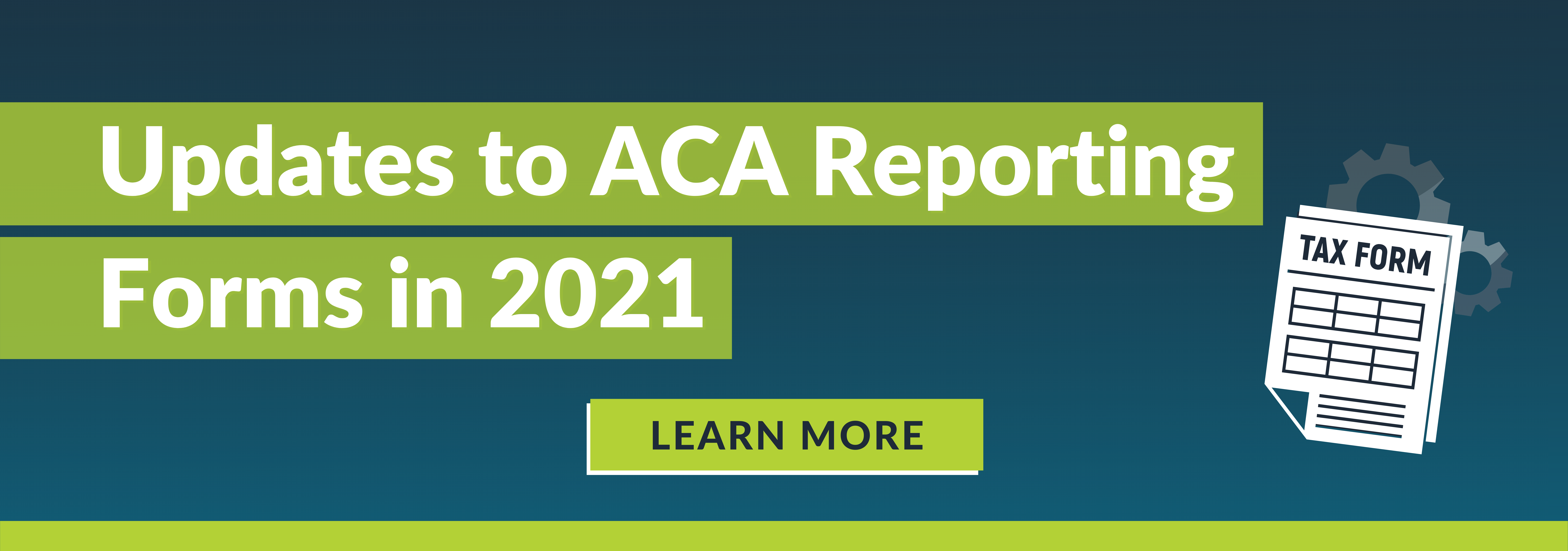
Written by
Lauren Brown
Lauren is an aPHR®-certified member of the Marketing team at Bernard Health. She writes about healthcare insights, employment law, and HR solutions.
W-2: Best Practices for the 2020 Tax Year

It’s important to stay up-to-date on best practices for distributing and handling tax forms, especially if your workforce’s routine looks different due to remote operations. Read on for reminders about the W-2 form and how employers can be prepared to distribute them.
Has Anything Changed with the W-2 This Year?
Every employer must file a W-2 for each employee in which income, social security, or Medicare tax was withheld. Employers send a copy of the W-2 form—also called the Wage and Tax Statement—to both the employee and the IRS. As your employees start to receive tax forms, keep in mind the following changes to this year’s W-2 form:
- Truncation of SSN on Employee Copies of Form W-2. According to the IRS final rule, employers may now shorten the employee’s social security number to the last four digits on employee copies of Forms W-2. However, employers cannot truncate the employee’s SSN on Copy A, which is filed with the Social Security Administration. Check with your state or local governments to determine whether you are permitted to shorten SSNs on copies of Form W-2 submitted to the state.
- FFCRA Impacts: The IRS released a statement that employers must report the amount of qualified sick leave wages and qualified family leave wages paid to employees under the Families First Coronavirus Response Act on either 2020 Forms W-2, box 14, or on a separate statement. Instructions for reporting this can be found on the IRS website.
- Adhere to the Deadlines: For the 2020 tax year, employees should receive their W-2 form from their employer no later than February 1, 2021. The deadline changed because January 31st falls on a Sunday this year. This deadline applies to both electronic filing and paper filing.
- Requests for Extensions: The IRS announced that letter requests for extension of time to furnish statements to recipients should be faxed to the IRS. The details for this process, including the fax number and information to include in the letter can be found here.
- Increased Penalties: Penalties have increased for failure to file and intentional disregard of filing and payee statement requirements. The increase in penalties is due to adjustments for inflation and the amount of the penalty (which can be found on the IRS website) depends on how late they were:
For Large Businesses with Gross Receipts of More Than $5 Million:
| Time returns filed/furnished | Not more than 30 days late | 31 days late – August 1 | After August 1 or Not at All | Intentional Disregard |
| Due 01-01-2020 thru 12-31-2020 |
$50 per return or statement - $556,500 maximum |
$110 per return or statement - $1,669,500 maximum |
$270 per return or statement - $3,339,000 maximum |
$550 per return or statement - No limitation |
For Small Businesses with Gross Receipts of $5 Million or Less:
| Time returns filed/furnished | Not more than 30 days late | 31 days late – August 1 | After August 1 or Not at All | Intentional Disregard |
| Due 01-01-2020 thru 12-31-2020 |
$50 per return or statement - $194,500 maximum |
$110 per return or statement - $556,500 maximum |
$270 per return or statement - $1,113,000 maximum |
$550 per return or statement - No limitation |
W-2 Best Practices for the 2020 Tax Year
The following tips will help make sure your workforce’s W-2 forms are handled correctly and efficiently. For more information on how to file, visit the IRS website.
- Plan Ahead: Make sure you know how you plan on filing this year. Employers must e-file if they are required to file 250 or more W-2 forms. The Social Security Administration encourages all employers to e-file, which can save employers time and effort and helps ensure accuracy, according to the IRS. If employers who are required to file electronically do not do so, they may face a penalty.
- Update Employee Addresses: Employers should make sure to have the most recent employee information on file, especially since some employees might have moved (either permanently or temporarily) during the pandemic. Do you have your employees’ updated addresses on file? Send out communication to your team as soon as possible to make sure you know where to send their W-2 forms.
- Communicate with Employees: Let your employees know how they’ll receive their forms, especially if your company is distributing the W-2 forms electronically this year. If your team is used to receiving their W-2 form in the mail, be sure to communicate any changes so that they don’t miss it.

Written by
Lauren Brown
Lauren is an aPHR®-certified member of the Marketing team at Bernard Health. She writes about healthcare insights, employment law, and HR solutions.
Related Posts
We just wrapped up another phenomenal Weekdays with Bernie (WWB) Conference!
Employees are the heart and soul of an organization, and valuing their opinions can have...
HR parties of one already have an abundance of tasks to keep up with. From hiring to...
The talent search is no longer a skirmish or a battle. It’s a WAR! As a strategic HR...







Submit a Comment